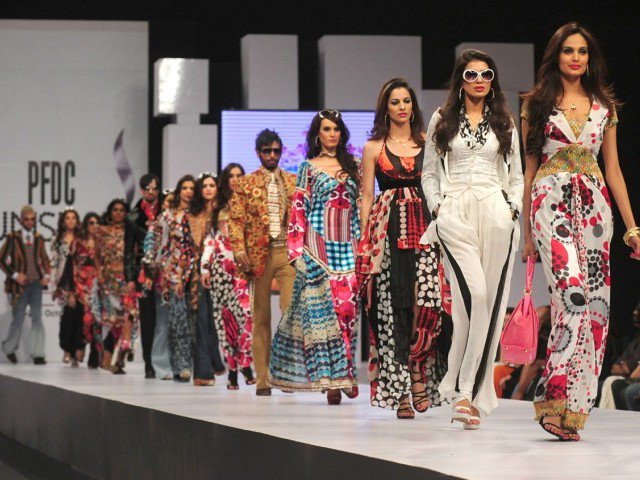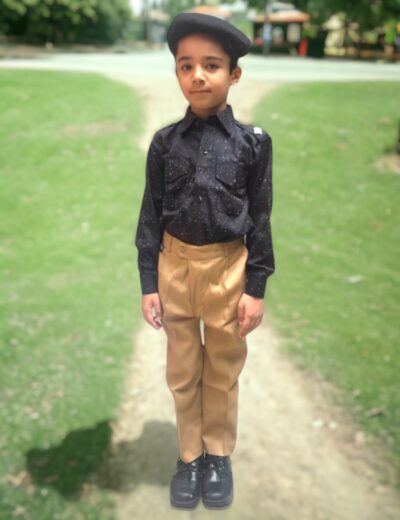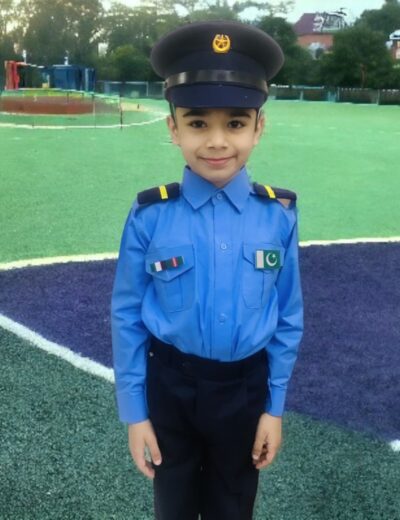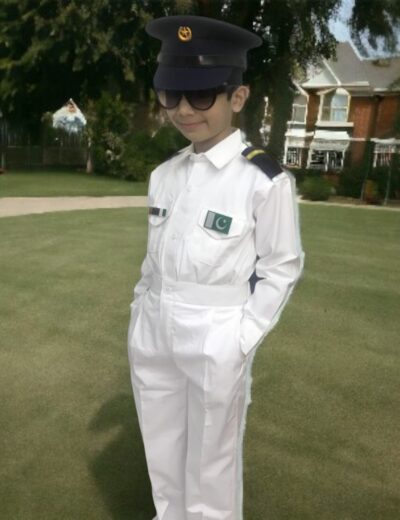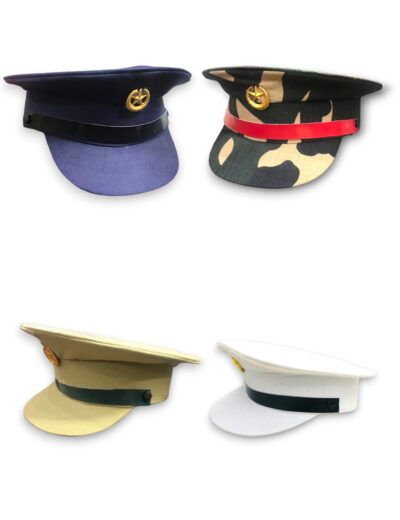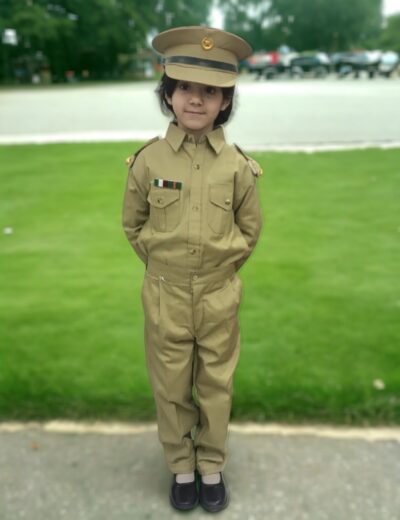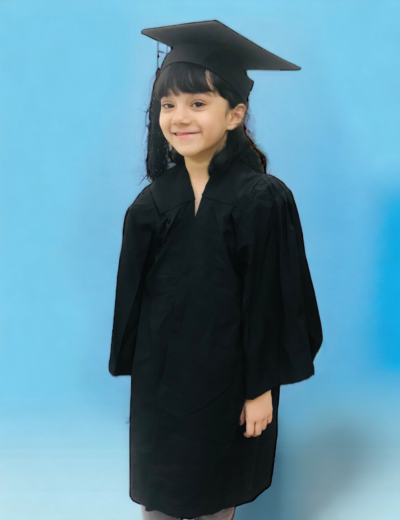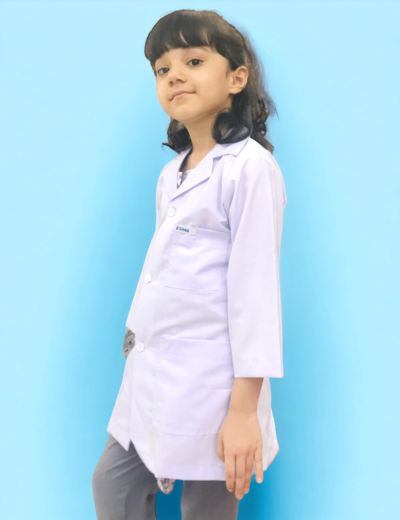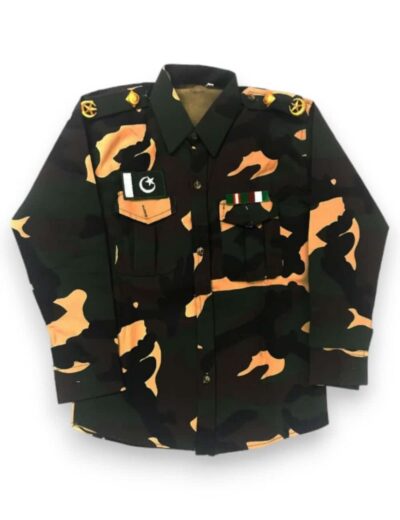Many Europeans believe that due to the multiple religious prohibitions based on Muslim tenets, the concept of “modern fashion in Pakistan” does not exist. Pakistani Traditional Fashion and Islamic culture is characterized by “multi-layered” clothing, even despite the heat. Usually, women wear several robes, put on each other. Most often, the neck is covered with a stand-up collar, and the hands should be closed to the thumb.
Young women are allowed to wear tailored clothes. The outfits are decorated with embroidery, which has a ritual-symbolic, protective meaning. Embroidery is done in bright colors. A particularly popular saturated green color of grass in combination with red, white, yellow, pink. It is customary for married women to collect their hair in braids and cover them, especially in the presence of a man. The forehead and chin are also covered, sometimes the entire face. Muslim women wear a lot of earrings, bracelets, pendants.
The features of the traditional attire of the inhabitants of Pakistan have many differences, as different peoples live in the country. Punjabi women who live in the villages, unlike the Punjabi townswomen, although they adhere to traditions, do not wear saris.
Baloch women wear very wide Gharara pants and a shirt. Gharara pants are a trouser version of the sharara, a long, wide skirt. Sindhi women and men mostly wear bloomers and a loose shirt. Women most often add a skirt to the outfit. The head is usually covered with a light scarf, chadar. Pashtun women wear long, ankle-length pants and a long shirt. A veil is thrown over the top, which is usually used to cover the face.

Today, modern Pakistani fashion on the Internet is presented in the form of various types of traditional national costumes, which slightly expose the arms, shoulders and neckline, also have a more European silhouette and design of individual details.
However, new trends cannot affect the popularity of the combination of garments such as shalwar’s with kameez. Shalwar’s are flared trousers that are pleated at the waist.
Shalwar’s are worn under a long blouse. The belt can be elastic or laced. The shalwar’s are decorated with embroidery or lace in the ankle area. Kameez is a long-fitted shirt, with long slits on the sides, long from the waist to the middle of the calf.
Kameez come with long, short sleeves and even without sleeves. Kurta is a shirt similar to a kameez, but more spacious and not fitted. Kurta is most often worn with shalwar’s or other types of trousers, and in silhouette it resembles the letter “A”.
Pakistanis also wear saris. The length of the sari can be from two to nine meters, and the width is more than a meter. The Pakistani sari is different from the Indian counterpart. Pakistani women usually sew a skirt for themselves, to which a fabric is sewn, which acts as a cape. And instead of a short top, a jacket with long sleeves is worn.

Punjabi men usually wear a dhoti skirt. This skirt is presented in the form of a wide canvas, which is wrapped around the hips and secured in a special way. With a dhoti skirt, Punjabis wear a kurta and a turban.
Punjabi women wear the same as men, only in a feminine cut. The traditional shoes of the Punjabis are called Khussa. These are shoes with turned up toes.
The fact that modern fashion still exists in Pakistan is proved by the robots of the Pakistani “alternative” couturier Nouman Riaz, who successfully presented his collections to the St. Petersburg audience back in 2002. Even during his studies, Riaz was able to adequately show his creative abilities. Nouman Riaz holds two diplomas in textile design and modeling-construction. Today he is one of the most popular fashion designers in Pakistan.

